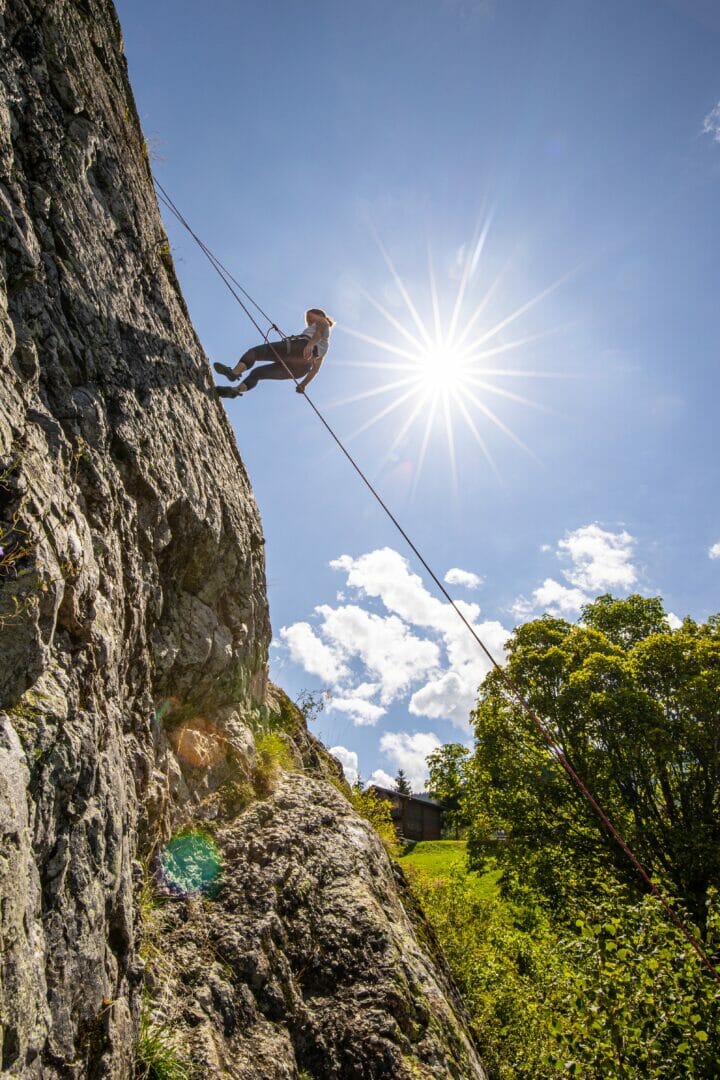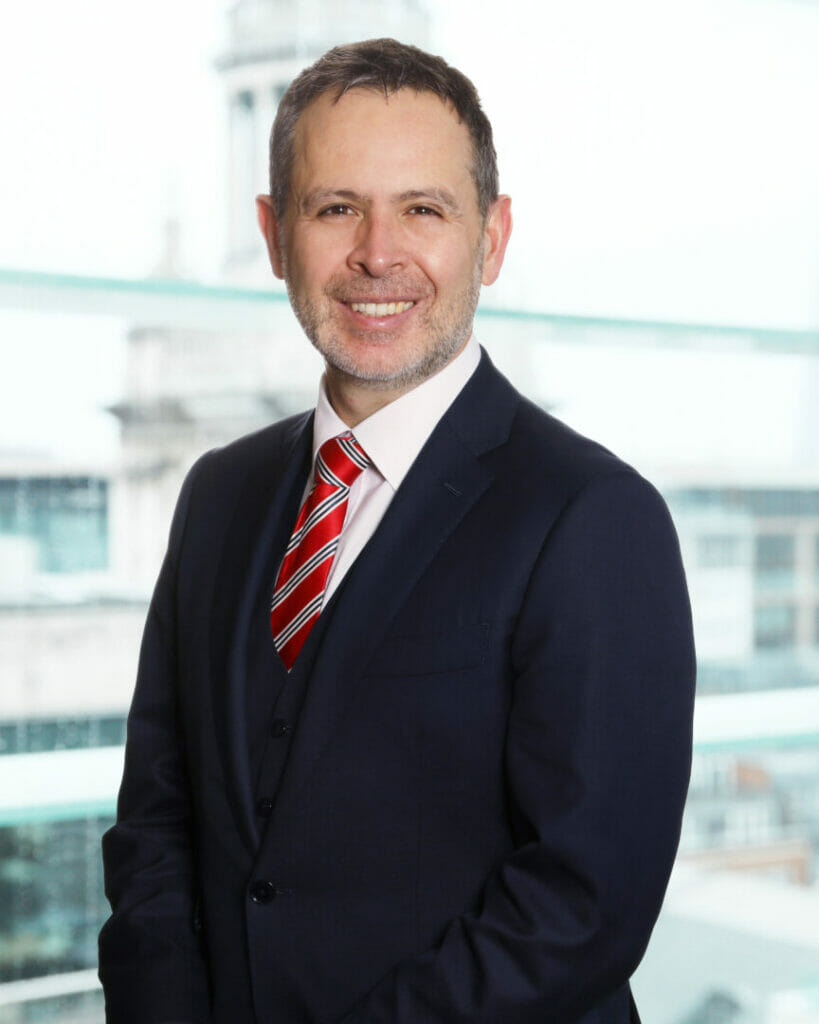
Paul Verrico has recently launched a new theory he and his team have been working on across the IOSH network. Called ROPE, it rests on medical research around Rest, Observation, Planning and Empowerment
It can be difficult to communicate health and safety accessibly. Scientific research can seem dry or remote, whilst over-emphasising danger is counterproductive. So when we devised our ROPE theory, we opted to focus on both narrative and relatable examples – underpinned by hard science. So what is ROPE?
ROPE breaks down into four interconnected aspects: Rest, Observation, Planning and Empowerment. But to explain these, we reached initially not for stories of workplace failure, but human heroism; in particular, the ascent of Everest.

In 1952, Sir Edmund Hillary and Tenzing Norgay were the first climbers confirmed to have reached Everest’s summit. Hillary recorded: “After an hour’s steady going we reached the foot of the most formidable-looking problem on the ridge – a rock step some 40ft high” – now known as the Hillary Step.
A 40ft near-vertical rock face, at around 29,000 feet. This is known as the hardest part of the Nepalside ascent and last real challenge. With a 10,000ft drop to one side and an 8,000ft drop on the other it is no picnic, but the climb is not rated as technically difficult. In fact, under the popular Yosemite system, it is only rated Class 4 – “simple climbing with exposure – a rope is often used.”
Hillary wrote: “The rock itself, smooth and almost holdless, might have been an interesting Sunday afternoon problem for a group of expert rock climbers in the Lake District, but here it was a barrier beyond our feeble strength to overcome… Despite the considerable effort involved, my progress although slow was steady, and as Tenzing paid out the rope I inched my way upwards until I could finally reach over the top of the rock and drag myself out of the crack on to a wide ledge… As I heaved hard on the rope Tenzing wriggled his way up the crack and finally collapsed exhausted at the top like a giant fish when it has just been hauled from the sea after a terrific struggle’ (Hillary and Hunt, 1953).”
In Into Thin Air Jon Krakauer wrote about the fateful 1996 Everest ascent which killed six, including guide Rob Hall. He said: “people’s perceptions of their own abilities are amazingly far off the mark…one teammate, for example, was reduced to a helpless, infantile state by his infirmities and needed extensive help to make it down to the South Col. And yet he doesn’t seem to remember this; his view is that he was just fine, that he didn’t need any help.”
Few experiences are as extreme as climbing Everest, but parallels can be drawn with everyday working life. One demonstration of the dangers of fatigue is the case of Michael Eyres in the UK (EWCA, 2007).
Eyres was paralysed in a road accident, on a day when he’d started working at 3.30am. He drove 111 miles to fit a kitchen with a colleague. At 2.30pm they were called to another job 122 miles away. Driving back to the office that evening 20-year-old Eyres fell asleep at the wheel and crashed. Lord Justice Ward, at the Court of Appeal, ruled that he was ‘in that predicament because his employers had put him there’.

Rest – R of ROPE
Van Dongen et al (2003) published research on ‘the cumulative cost of additional wakefulness: dose-response effects on neurobehavioral functions and sleep physiology from chronic sleep restriction and total sleep deprivation’.
They found even moderate sleep loss seriously impairs functions in the otherwise healthy. Worse, subjects were unaware of increasing cognitive defects – in other words, when we are sleep-deprived we don’t notice the effects.
Fatigue prevents us performing safely – and, like Hillary’s climb, otherwise-simple tasks become near-impossible.
Observation – O of ROPE
Altitude sickness is an emergency demanding immediate descent and medical attention. But climbing downhill is actually harder than going up. Likewise, employees may show signs of ‘altitude sickness’ when under too much stress – and may need help ‘down the mountain’, eg reducing responsibilities. But this can be hard if they fear losing status. Yet it may be vital for their safety – and others’.
During the pandemic, a food production company promoted an experienced operator. But with colleagues shielding she was also working overtime. She had received all relevant safety training and was rated excellent – but management didn’t check in on her. One shift she didn’t properly supervise equipment and a junior colleagues was seriously injured. Her lapse was down to stress; the company hadn’t monitored her overtime and she’d burned out. Continuous observation could have prevented this.
Planning – P of ROPE
Rob Hall made a fatal mistake in the 1996 Everest ascent. He had previously watched another party turn back, and told Krakauer: “To turn around that close to the summit… that showed incredibly good judgement on young Göran’s [Kropp] part. I’m impressed – considerably more impressed, actually, than if he’d continued climbing and made the top.” Kropp had risk-assessed the danger, and “stopped work”.
But Hall’s team failed to stick to the agreed plan of a “turnaround time” of 2pm. Some didn’t reach the summit until after 4, and the results were catastrophic.
It is important to understand that people often make seemingly rational decisions because the situation appears controlled. But if environmental change is slow, they may not notice or react appropriately.
Proper planning should therefore anticipate environmental change, using forward-looking data. Purely reactive risk-management can itself expose employees to risk.
Empowerment -E of ROPE
As Krakauer began his descent he spotted wispy clouds around other mountain peaks. A teammate who was also a pilot later told him these were often “crowns of robust thunderheads” – but this potentially life-saving information was never shared further. Team members were not empowered to give informed views.
Our theory draws from Conklin and Hollnagel, – “if Planning involves ensuring that workers have the ability ‘to be able to do work in a varying and unpredictable world’ (Conklin, 2017) or ‘having the capacity to make things go well’ (Hollnagel, 2014) then Empowerment is about giving local teams the ability to speak up and act in accordance with their training, rather than sticking by rote to policies that were made off-site for work as an imagined task rather than for work as done.”
Empowerment culture is critical. Leaders must encourage open discussion, and encourage workers to constructively question processes – this can help reduce incidents and increase productivity.
Sir Edmund Hillary conquered the ferocious conditions on Everest by modelling safety behaviours from which we can all learn. A rope is part of the fundamental equipment for successful climbers. Likewise, we believe ROPE is a key strategy for senior managers and safety practitioners to navigate the high altitude of the workplace safely.
